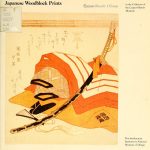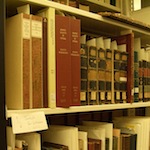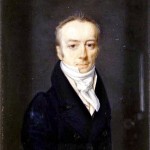
James Smithson bequeathed his fortune to the people of the United States with the clear impetus for the “increase and diffusion of knowledge.” The Smithsonian Libraries takes that message to heart by striving to connect ideas and information to you, and all whom we serve. Consider this an overview of Open Access (with capital O and A) and open access (lowercase o & a) here at the Libraries. Long story short: if you have access to the internet, you have access to an increasing number of quality, peer-reviewed journals and scholarly publications (as long as you know where to look).

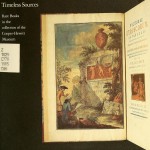
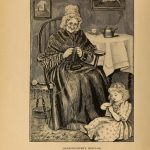

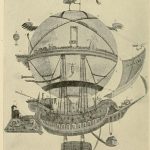
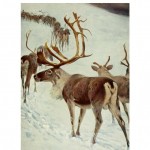 The Biodiversity Heritage Library (BHL), a consortium of institutions working to digitize biodiversity literature and make it freely available online at
The Biodiversity Heritage Library (BHL), a consortium of institutions working to digitize biodiversity literature and make it freely available online at 